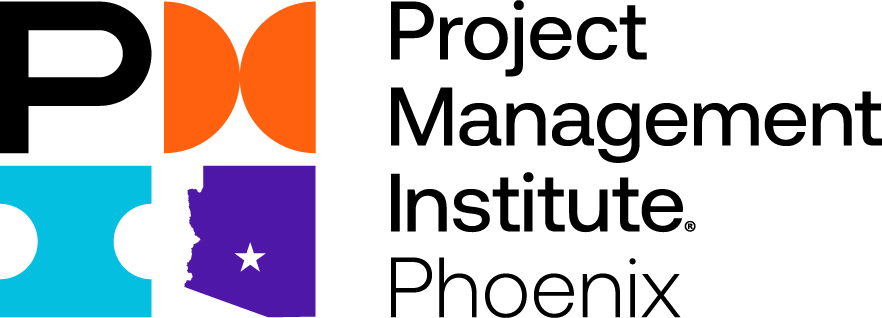Here is a quick recap of what ADKAR stands for:
·
·
·
·
·
Reinforcement
Reinforcement is the person continuing and sustaining the change. During this phase you continue to manage resistance, implement corrective actions, and celebrate success.
It is also important to collect and analyze feedback because creating a good feedback loop, where people have a voice on what is working well and can provide areas of improvement, will help them feel empowered to continue to support the change.
I’ve seen some great success with this when companies have communication channels where employees can recognize other team members that are doing well with the change. Managers have different options to honor them with some type of formal reward including becoming certified or even gaining a promotion. At one company I was at, they called this acknowledgement “Find the Good and Praise It” (FTFAPI) and at another it was known as giving someone a “High-Five.” Both were easy actions for a person to submit a praise and that praise to be shared company-wide.
Unfortunately, try as we might to get people through their ADKAR journeys, some changes may result in employee turnover. Monitoring this effectively can help shape how the organization approaches change and strengthen the culture (or weaken if it is not properly dealt with). This goes back to the Desire blog where we mentioned the organizational or environmental context factors can affect the desire ADKAR milestone based on the success (or non-successes) of past changes, other changes that may be also occurring in the organization, and the organization’s culture of change.
Yes, change is a cyclical journey, and everyone will go through each milestone with each change they encounter. It’s up to us as change practitioners (or project managers with our change management hat on) to help educate our Sponsors, Mid-Line managers, and Team Members on how to effectively manage through each milestone by educating them that this is a process, but we have the resources available to help them through it.

